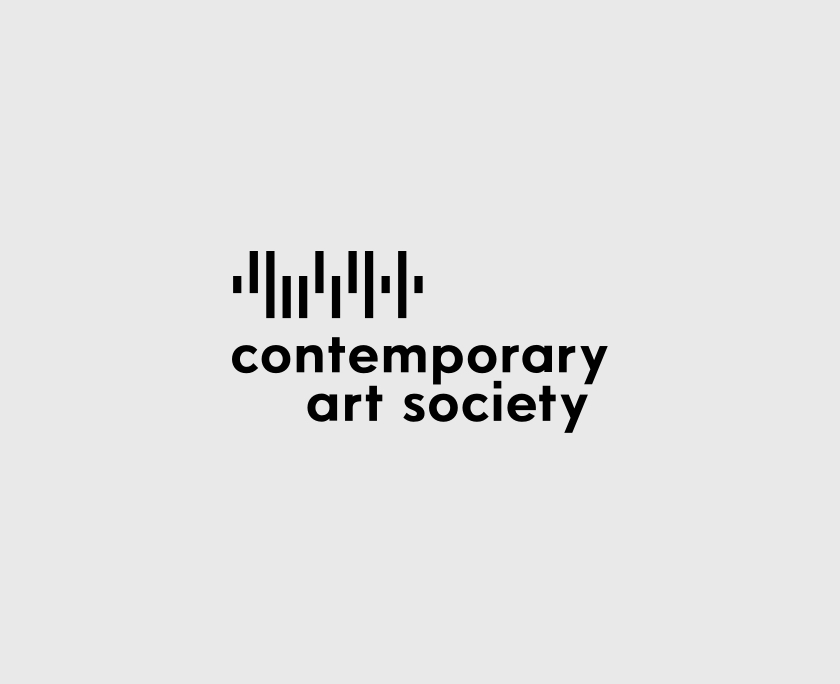Blue Movement (1951) is a geometrical abstract work by Terry Frost whilst still evoking elements such as rocking boats seen on the quayside in twilight in St Ives, the seaside artist colony in Cornwall, England. Frost had settled there with his family in 1946, on the advice of Adrian Heath (1920-1992), whom he had met in a German prisoner of war camp during WW2 and was preparing to publish Abstract Art: Its Origins and Meanings (1953). In St Ives Frost came into contact with the more senior modernist artists such as Ben Nicholson and Barbara Hepworth and their younger followers, including Peter Lanyon and John Wells, who had been close to Naum Gabo in London during the war. They all would have inspired Frost to look at the Russian constructivists as a source for his post-war artistic practice but Frost's work always retains an emotional connection to his surroundings.


